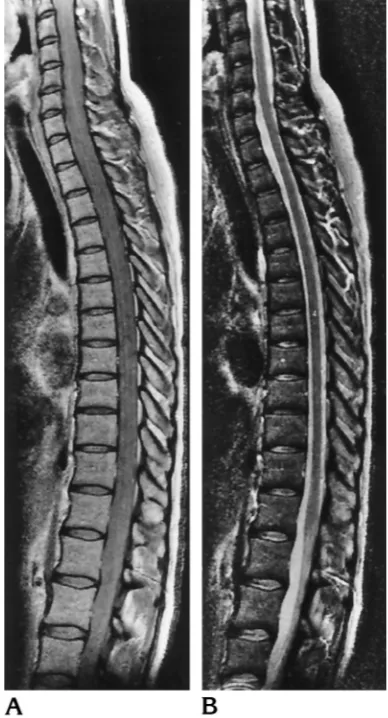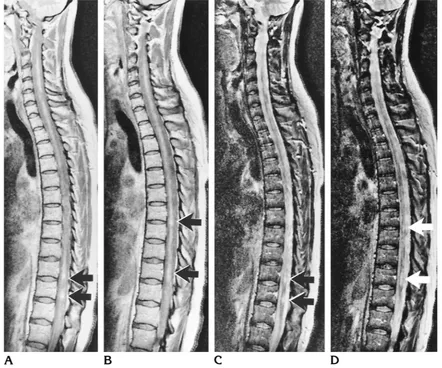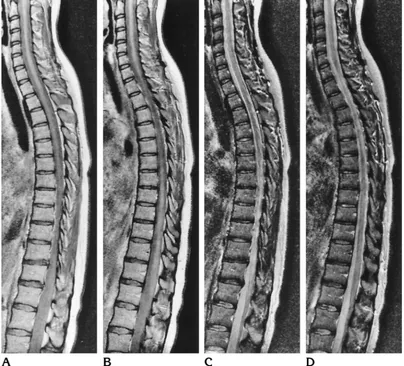MR of the spinal cord in multiple sclerosis: relation to clinical subtype and disability
Full text
Figure




Related documents
Enamides have been extensively studied for practical use as prochiral materials for the asymmetric synthesis of chiral amines, which can be used as resolving reagents,
research suggests that dietary nitrate supplementation in the form of beetroot juice not only decreases blood pressure but also reduces the amount of oxygen needed during
and THIO using HPTLC at 254 nm either as bulk drug mixture or in combined tablet
In the crystal, these molecules are linked by the sulfate ion through strong OÐH O hydrogen bonds; the phenylglycinium cations, sulfate anion and water molecule are held together
In the molecule, all the H atoms of the three hydroxyl groups are oriented in the same direction around the ring, forming two intramolecular hydrogen bonds between a pair of
The scientific name, family, vernacular name (Tamil), parts used, and mode of drug preparation, dosage and duration was also reported and traditional usage of 190
Between the layers, water molecules are involved in hydrogen bonding with O atoms of the phosphite groups from adjacent layers.. Within the layers, the O12 atom is involved in
Sensory- sympathetic coupling in superior cervical gan- glia after myocardial ischemic injury facilitates sympathoexcitatory action via P2X7 receptor. Myocardial ischemia recruits
